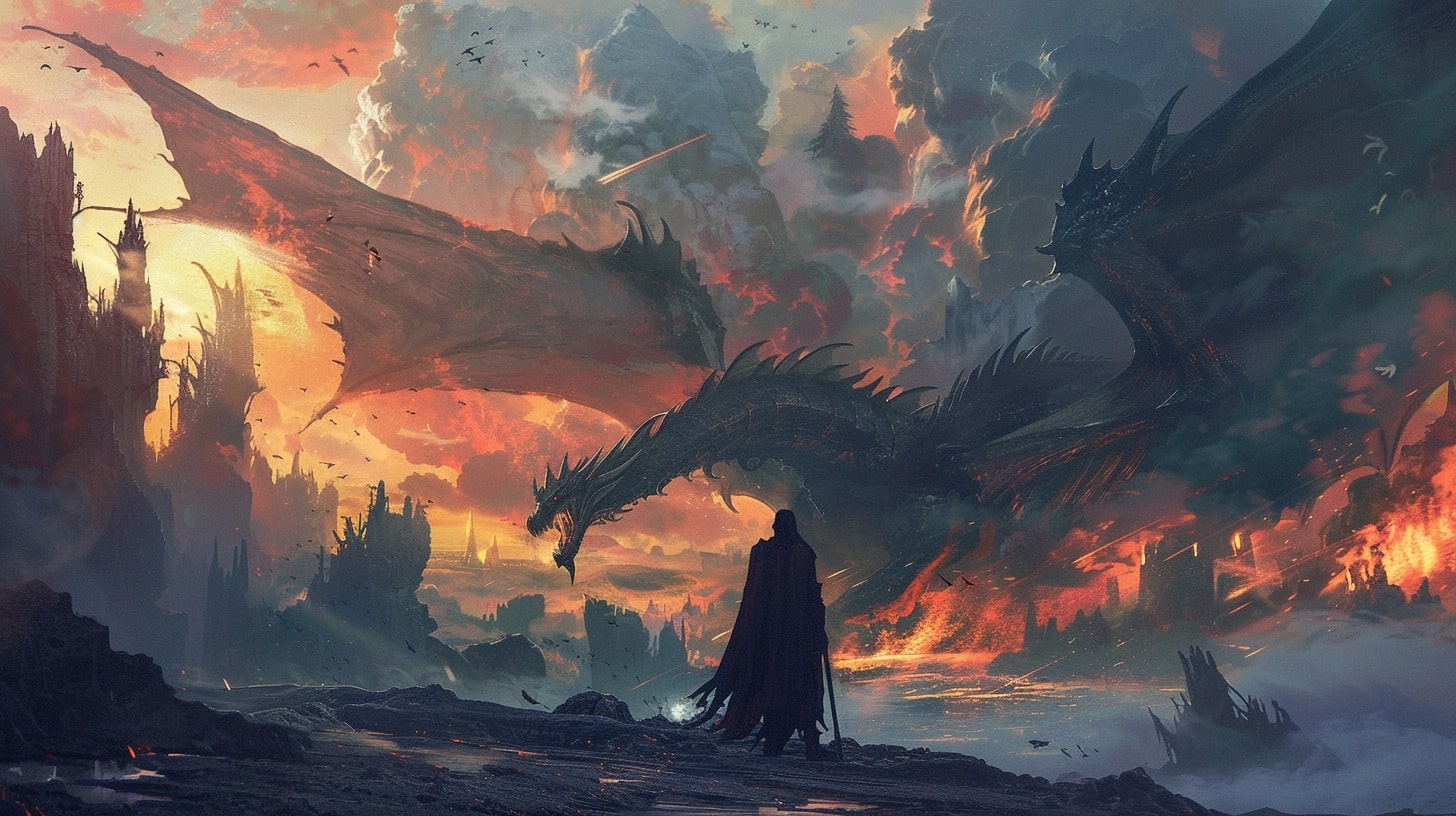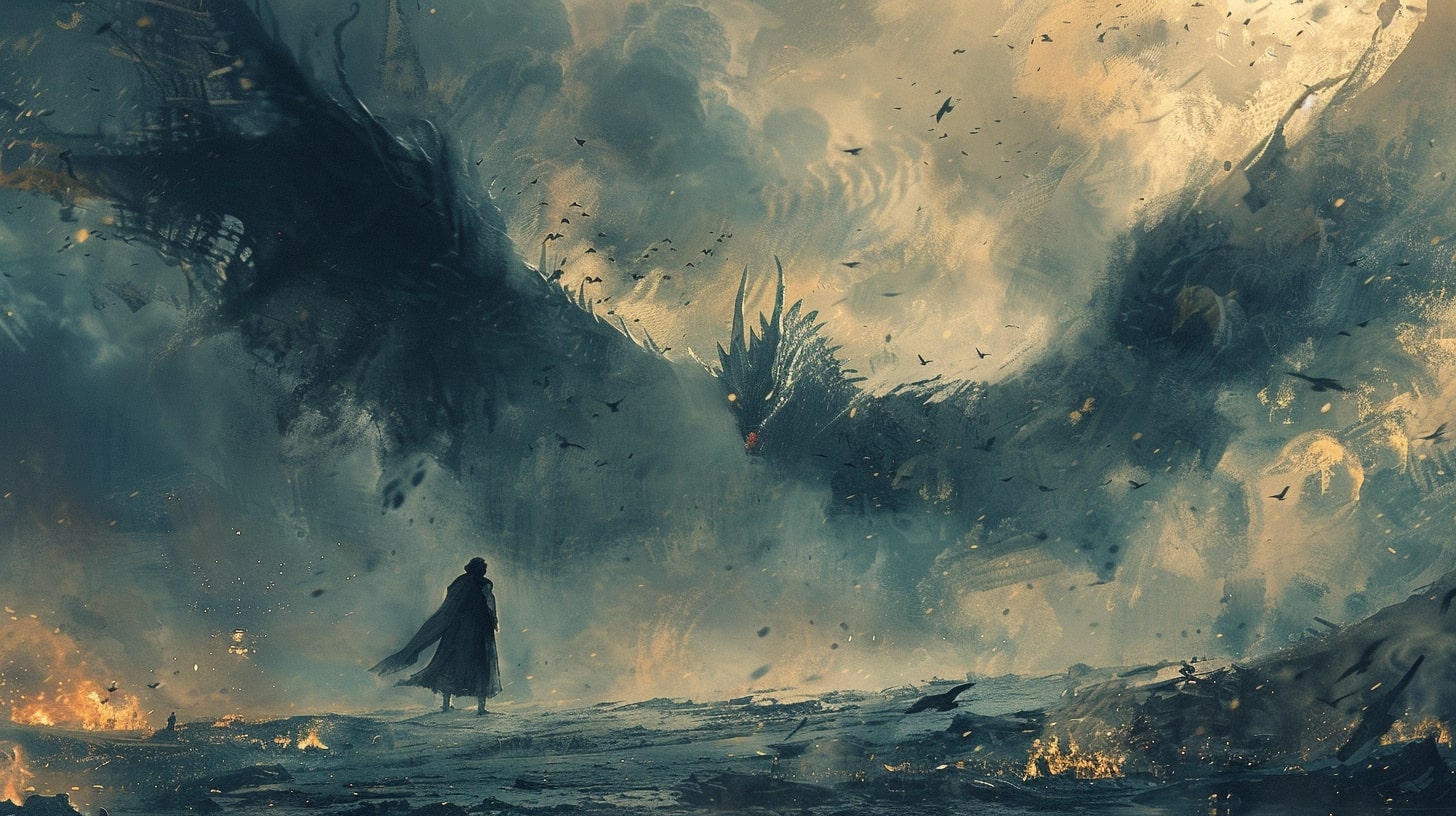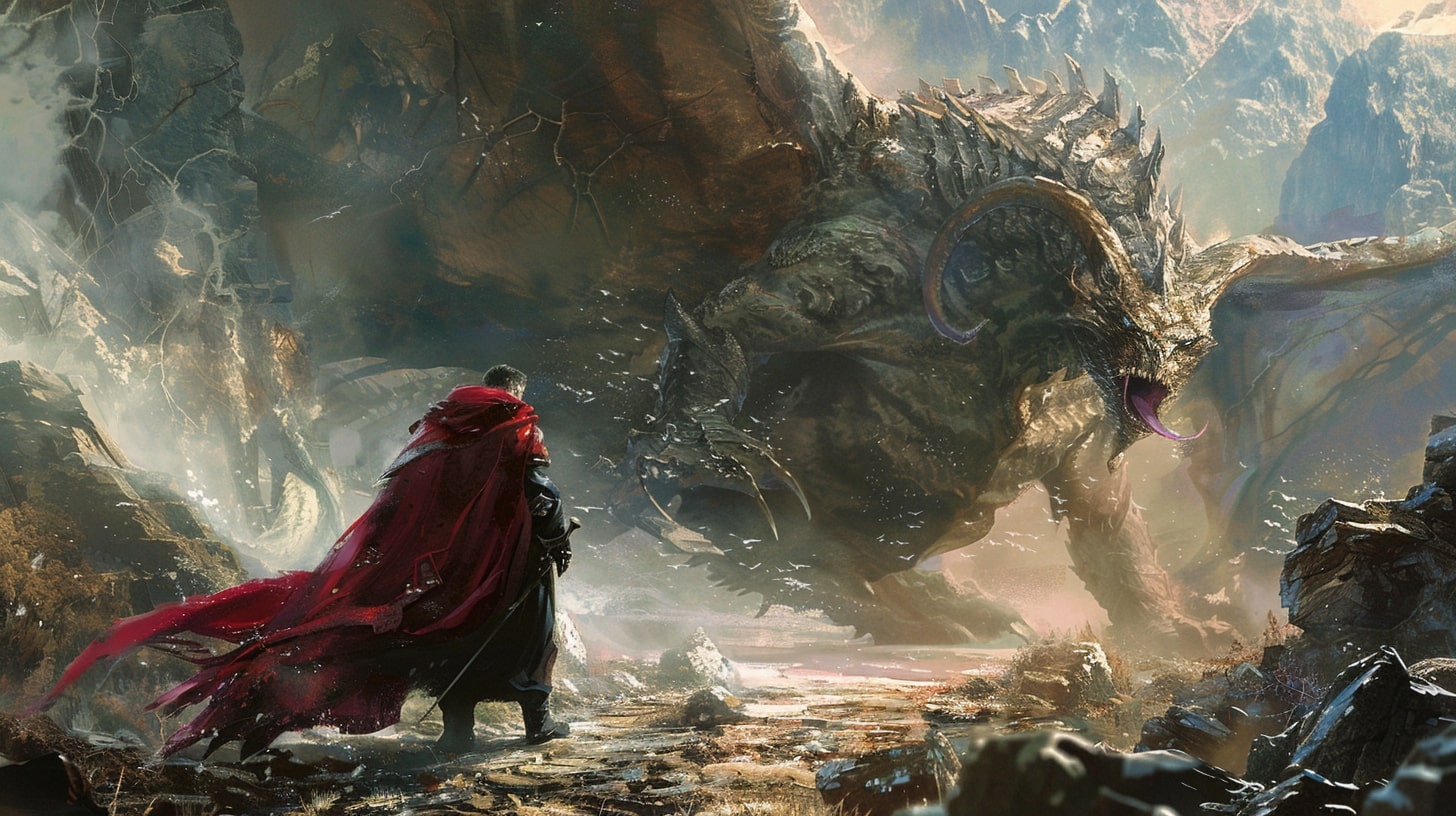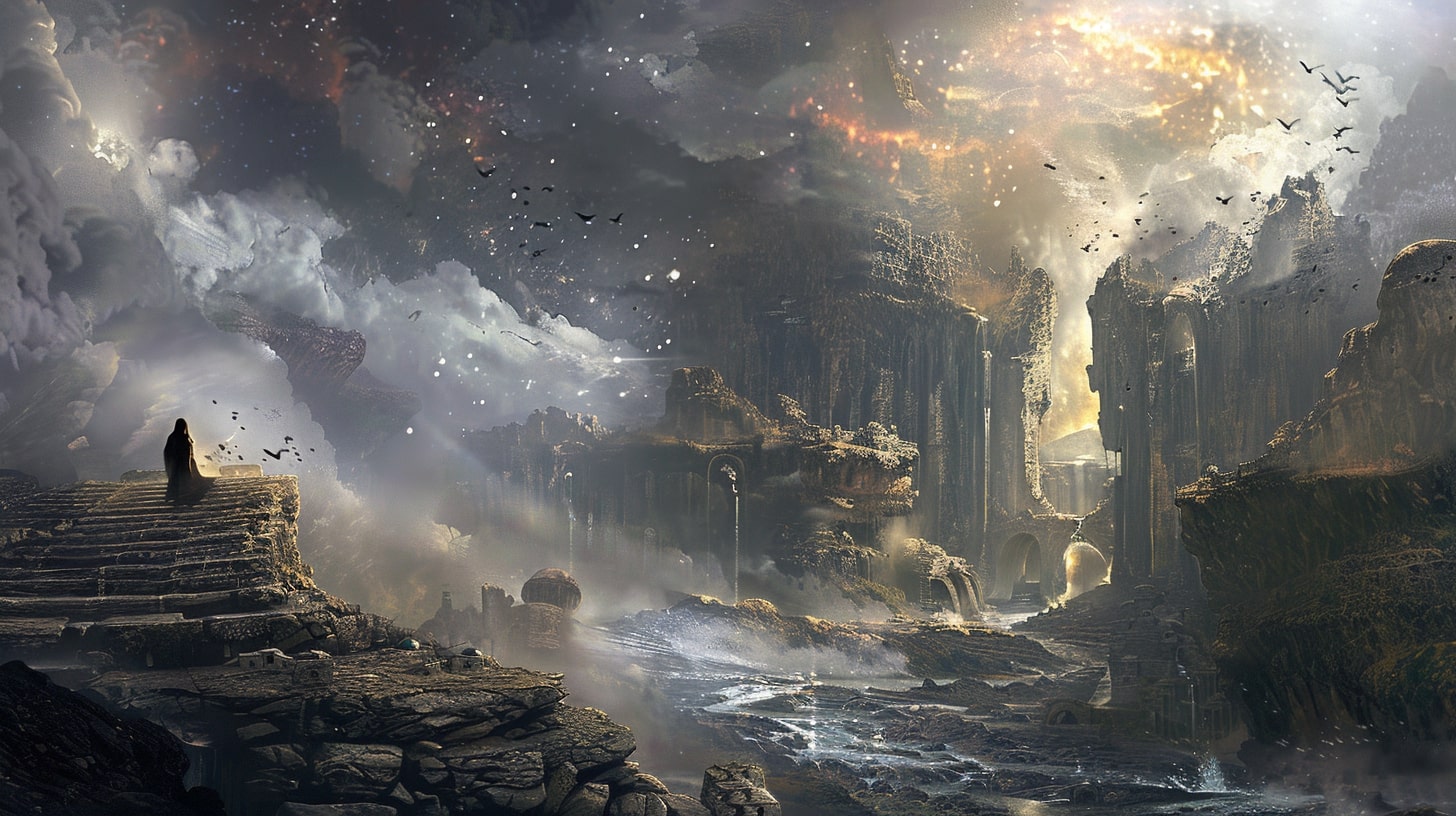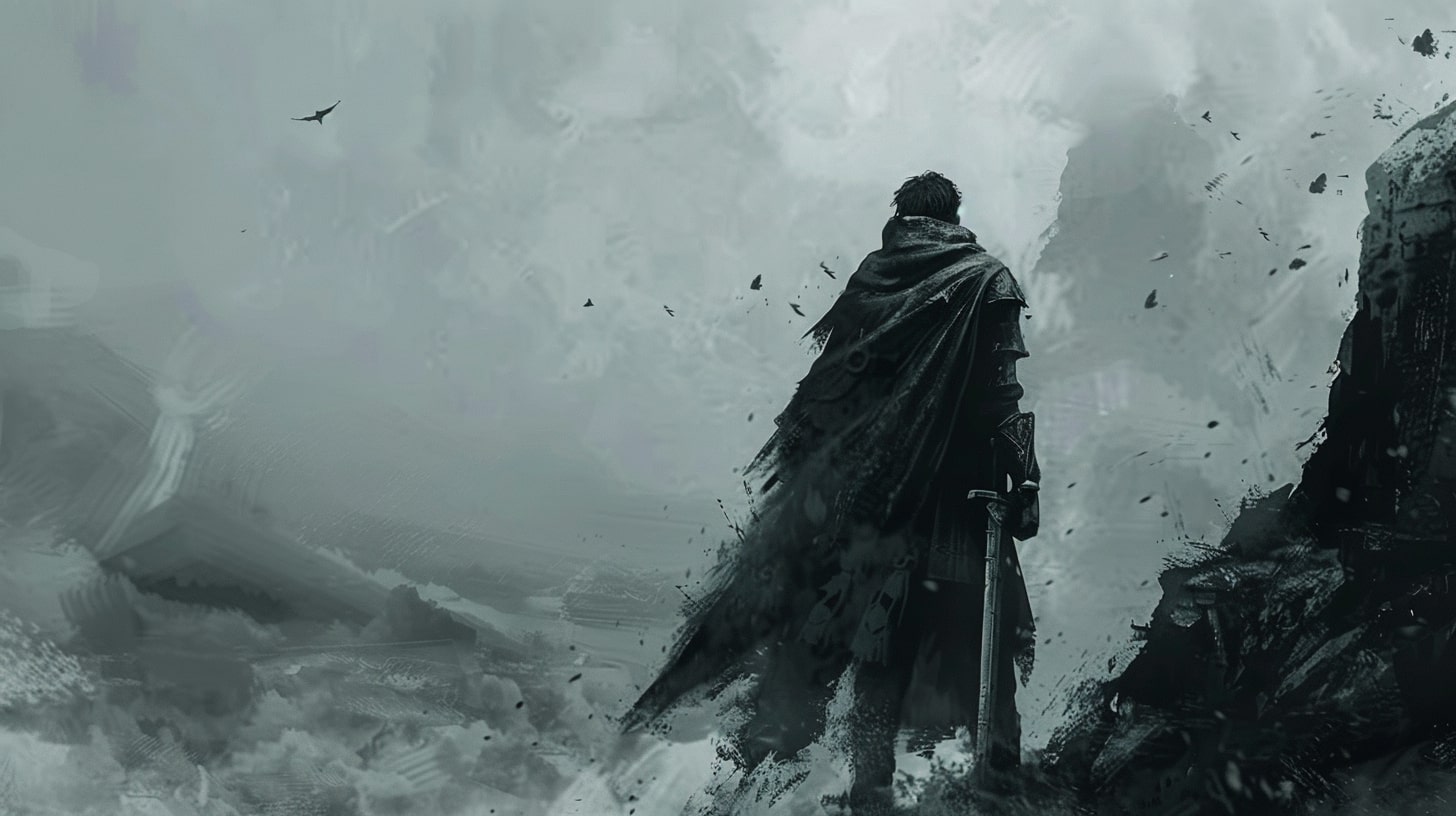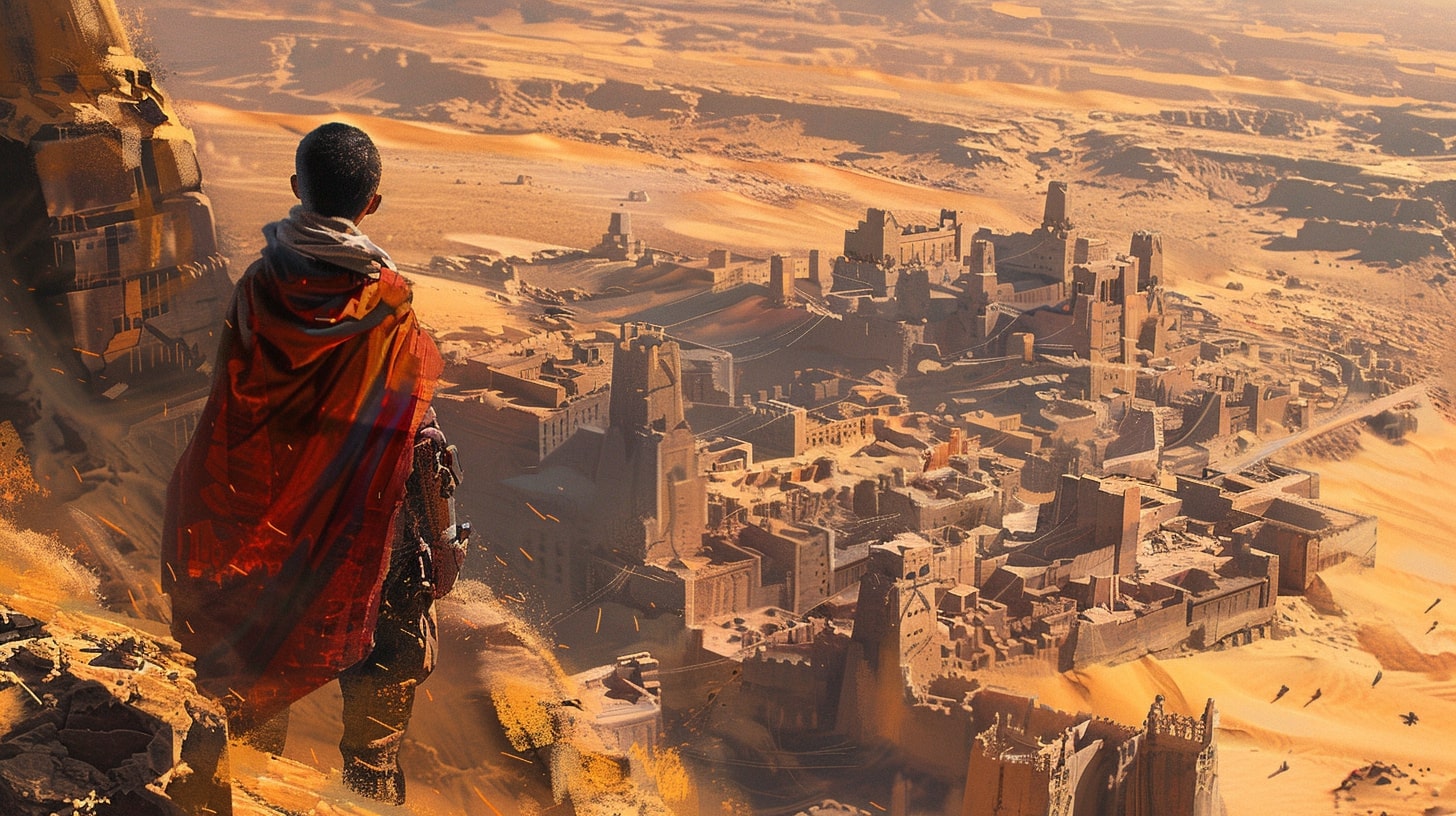Your Characters in Crisis
Welcome, fellow writer, to the thrilling world of character conflicts and resolutions. Conflict is a vital part of character development. Without it, you have nothing but a flat story.
You've read them before and they simply do not work.
You need conflict which leads to crisis or your story doesn't feel like a story. It feels like your hero is taking a nap.
Nobody wants to read about a nap.
So let's see how you can add conflict and crisis to your storytelling and really make it stand out.
The Importance of Conflict in Storytelling
Ah, conflict, the spice that adds flavor to any tale! Without conflict, our stories would be as bland as a saltless pretzel. Conflict drives the plot, creates tension, and keeps readers on the edge of their seats, eagerly devouring each word you've carefully crafted.
Whether it's a battle between good and evil, a clash of personalities, or an inner struggle within a character's soul, conflict is the driving force that propels your story forward. It gives your characters something to fight for, something to overcome, and ultimately, something to learn and grow from.
So, embrace conflict like a writer who's just discovered a hidden stash of chocolate. Let it shape your characters, test their strengths and weaknesses, and lead them to transformative journeys. The more conflict you introduce, the more satisfying the resolution will be, leaving your readers craving for more.
Crafting Memorable Resolutions
Ah, resolutions, the sweet reward at the end of a tumultuous journey. Just as conflict is essential, so too are well-crafted resolutions. It's the moment when loose ends are tied, questions are answered, and character arcs reach their satisfying conclusion.
A memorable resolution brings a sense of closure and fulfillment to readers, leaving them with a warm and fuzzy feeling like they've just devoured a delicious slice of cheesecake. It's the time when the protagonist achieves their goals, overcomes their fears, and undergoes a transformation that will make even the most stoic reader shed a tear.
But crafting a memorable resolution requires finesse, my fellow writer. It's not just about tying up loose ends with a neat little bow. It's about surprising your readers, making them gasp with delight or shed a tear of joy. It's about leaving them pondering the deeper meaning of your story long after they've closed the book.
To achieve this, explore unexpected twists and turns, subvert tropes, and provide resolutions that resonate with the core themes and messages of your story. Dare to be bold, my friend, and your readers will thank you for taking them on an unforgettable journey.
In the next sections, we'll unravel the various types of conflicts, explore techniques for creating tension and raising stakes, and uncover the secrets of resolving conflicts in a way that leaves a lasting impact. So, grab your favorite writing beverage, sharpen your metaphorical quill, and let's dive deeper into the world of character conflicts and resolutions.
Note: If you're looking for more guidance on character development, check out our articles on character personality traits, character development worksheet, and character backstory ideas.

Understanding Character Conflicts and Resolutions
Conflicts are the fuel that propels your story forward and keeps readers engaged. Whether internal or external, conflicts add depth and tension to your characters' journeys. Understanding the different types of conflicts is essential for creating compelling narratives.
External Conflicts
External conflicts occur when your character faces obstacles or challenges from external sources, such as other characters, nature, or society. These conflicts add excitement and create opportunities for character growth.
In the Man vs. Man conflict, your character clashes with another character, whether it's a rival, an antagonist, or even a friend turned foe. This conflict can stem from opposing goals, differing ideologies, or personal differences. It's a classic conflict that drives many captivating stories.
Man vs. Nature conflicts pit your character against the forces of nature. It could be surviving in the wilderness, battling a natural disaster, or overcoming environmental obstacles. These conflicts allow you to explore themes of resilience, survival, and the human struggle against the elements.
Man vs. Society conflicts focus on your character's struggle against societal norms, expectations, or injustices. This conflict highlights the tension between the individual and the collective. It can involve challenging oppressive systems, fighting for justice, or standing up against societal pressures.
Internal Conflicts
Internal conflicts, on the other hand, arise from within your character. These conflicts are deeply personal and often involve emotional struggles, moral dilemmas, or conflicting desires. Internal conflicts add complexity and depth to your characters, as they grapple with their own thoughts and emotions.
Man vs. Self conflicts delve into the internal struggles your character faces. These conflicts can be moral, psychological, or emotional. Your character might battle with their own fears, doubts, or conflicting values. Exploring the internal journey of your character can lead to powerful character development and personal growth.
Understanding the dynamics of both external and internal conflicts is crucial for creating well-rounded characters and engaging narratives. By weaving these conflicts into your storytelling, you can captivate readers and keep them invested in your characters' journeys.
In the next section, we will explore different types of conflicts in more detail, including the various subcategories within each type. Stay tuned for a deeper dive into the world of character conflicts!
Character development is a vital aspect of storytelling. By delving into character personality traits, backstory ideas, and development exercises, you can create complex and believable characters that drive your narrative forward. Check out our other articles on character development to enhance your storytelling skills.

Types of Conflicts
When it comes to creating compelling stories, conflicts play a vital role in driving the narrative forward and keeping readers engaged. As a writer, you have an array of conflict types to choose from, each presenting unique challenges for your characters. Let's explore some of the most common types of conflicts: Man vs. Man, Man vs. Nature, Man vs. Self, and Man vs. Society.
Man vs. Man
In this classic conflict, the protagonist finds themselves at odds with another individual or a group of people. Whether it's a heated rivalry, a bitter feud, or a battle for survival, conflicts between characters can inject tension and drama into your story.
Internal motivations, clashing personalities, or opposing goals can all contribute to the intensity of this type of conflict. For more inspiration on developing realistic character dynamics and relationships, check out our article on character relationships and dynamics.
Man vs. Nature
Sometimes, the greatest adversary a character faces is the natural world itself. From battling harsh weather conditions to surviving in the wilderness, conflicts between characters and their environment can test their resilience and resourcefulness. Whether it's a raging storm, a treacherous mountain, or a dangerous animal, the challenges presented by nature can push your characters to their limits. Just remember, even in the face of overwhelming odds, the triumph of the human spirit can make for a compelling story.
Man vs. Self
The internal struggle within a character can be just as gripping as external conflicts. In a Man vs. Self-conflict, the protagonist grapples with their own fears, doubts, flaws, or moral dilemmas. This type of conflict explores the depths of human psychology, allowing readers to connect with the character's inner turmoil.
Creating complex and relatable internal conflicts can add depth to your characters and make their journeys all the more captivating. For more insights into developing multi-dimensional characters, check out our article on developing complex characters.
Man vs. Society
Societal conflicts can encompass a range of themes and issues, such as oppression, injustice, discrimination, or societal norms. When a character challenges the status quo or fights against an oppressive system, the Man vs. Society conflict arises.
Through this type of conflict, you can explore social dynamics, cultural clashes, and the struggle for change. It allows you to examine the power structures within your story world and delve into thought-provoking themes. For more ideas on how to incorporate social issues into your storytelling, check out our article on character development in worldbuilding.
As you craft your characters' journeys, consider the types of conflicts that will resonate with your readers and drive the narrative forward. Whether it's the clash between characters, the challenges of the natural world, the internal struggles within a character, or the fight against societal norms, conflicts are the fuel that keeps your story burning brightly.
Embrace the conflicts and resolutions in your storytelling, and watch your characters come alive on the page.

Creating Tension and Stakes
When it comes to crafting a compelling story, creating tension and raising the stakes is crucial. These elements keep readers on the edge of their seats, eagerly turning the pages to find out what happens next. In this section, we'll explore two techniques for achieving this: raising the stakes and adding plot twists.
Raising the Stakes
In order to keep your readers engaged, it's important to continually raise the stakes for your characters. This means increasing the importance and consequences of the conflicts they face. The higher the stakes, the more invested your readers will be in seeing how your characters overcome the challenges they encounter.
To raise the stakes, consider the potential risks and consequences your characters face. These can be physical, emotional, or even existential. For example, if your protagonist is on a quest to save their family, the stakes could involve the possibility of losing their loved ones forever.
By heightening the risks and consequences, you create a sense of urgency and tension that propels the story forward.
Remember to consider the personalities, strengths, and weaknesses of your characters when raising the stakes. This will help you tailor the conflicts to their specific traits and create a more authentic and engaging experience for your readers. For ideas on developing multi-dimensional characters, check out our article on character personality traits.
Adding Plot Twists
Plot twists are unexpected turns of events that can inject new life into your story and keep readers guessing. By introducing surprises and unexpected developments, you can create additional tension and intrigue.
A well-executed plot twist should not feel forced or random. Instead, it should be seamlessly integrated into the narrative, challenging the assumptions and expectations of both the characters and the readers. This can be achieved through clever foreshadowing, subtle hints, or by subverting traditional story conventions.
Keep in mind that plot twists should serve a purpose beyond mere shock value. They should reveal new information, deepen character motivations, or change the course of the story in a significant way. When used effectively, plot twists can breathe new life into your narrative and leave a lasting impact on your readers.
By raising the stakes and adding plot twists, you can create a story that keeps your readers engaged and invested in the outcome. Remember to balance these elements with the overall tone and genre of your story, as well as the motivations and goals of your characters. Embrace the unexpected and take your readers on a thrilling journey they won't soon forget!
Resolving Conflicts
Now that you've set your characters up for a rollercoaster ride of conflicts, it's time to dive into the art of resolution. Resolving conflicts in a satisfying way is essential for a well-rounded story and happy readers. So, let's explore the key considerations when it comes to resolutions and satisfying endings.
The Art of Resolution
Resolving conflicts is like untangling a mess of earphones. It requires patience, creativity, and a touch of finesse. As you navigate your characters through the maze of conflict, keep the following tips in mind:
Character growth: Use the resolution to showcase the growth and transformation of your characters. Allow them to learn from their experiences and overcome their flaws. This adds depth and authenticity to their journey.
Conflict resolution arc: Just as your story has an overall arc, your conflicts should have their own mini-arcs within the larger narrative. The resolution should feel like a natural progression from the initial conflict, tying up loose ends while leaving room for future possibilities.
Avoid quick fixes: Avoid resolving conflicts too easily or abruptly. Quick fixes can leave readers feeling unsatisfied and cheat your characters out of their well-deserved growth. Instead, let the resolution be earned through struggle and meaningful choices.
Stay true to your characters: Ensure that the resolution aligns with the personalities and motivations of your characters. A resolution that feels out of character can leave readers scratching their heads and questioning the authenticity of your story.
Satisfying Endings
Ah, the moment we've all been waiting for: the ending. Endings have the power to leave a lasting impression on your readers and determine whether they'll recommend your story to others or toss it aside like last year's fashion trends. So, how do you create a satisfying ending? Consider these pointers:
Closure: Tie up loose ends and provide closure for major storylines and character arcs. Readers appreciate a sense of completion and don't want to be left hanging.
Emotional resonance: Stir up those emotions! Endings that evoke strong emotions, whether it's joy, sadness, or a mix of both, can have a powerful impact on readers. Make them feel something they won't easily forget.
Addressing themes: If your story explores deep themes, use the ending to reinforce or challenge those themes. Endings that delve into the heart of the story and leave readers pondering its meaning can be incredibly rewarding.
Surprise and satisfaction: Balance the unexpected with a satisfying resolution. A well-executed plot twist or revelation can leave readers in awe, but make sure it doesn't feel forced or out of place. Surprise, yes. Confusion, no.
Remember, your ending should leave readers with a sense of fulfillment and make them reflect on the journey they've been on with your characters. If you need more guidance on developing your characters, check out our articles on character development and creating believable characters.
In the next section, we'll provide you with some valuable tips on mastering conflicts and crafting resolutions that will keep your readers hooked from start to finish. So, buckle up and get ready for some expert advice!
Tips for Mastering Conflicts and Crafting Resolutions
Crafting compelling conflicts and resolutions is an essential skill for any writer. To keep your readers engaged and entertained, here are some tips to help you master conflicts and craft resolutions that will leave them satisfied.
Developing Multi-Dimensional Characters
When it comes to conflicts and resolutions, multi-dimensional characters are key. Avoid creating characters that are one-dimensional or predictable. Instead, give them depth by adding unique personality traits, quirks, and backstories. Check out our article on character personality traits and character backstory ideas for inspiration.
By developing complex characters, you create the opportunity for conflicts to emerge naturally from their motivations, flaws, and desires. A well-rounded character will face internal and external conflicts that resonate with readers on a deeper level, making the resolution all the more satisfying.
Balancing Conflict and Resolution
Finding the right balance between conflict and resolution is crucial. Too much conflict without any resolution can leave readers feeling frustrated and unsatisfied. On the other hand, resolving conflicts too quickly or easily can make the story feel predictable and lacking in tension.
Consider structuring your story with a series of escalating conflicts that gradually increase the stakes. This keeps readers invested and eager to see how the conflicts will be resolved. Remember to provide compelling obstacles for your characters to overcome, testing their strengths and pushing them to their limits.
Embracing the Unexpected
To keep your readers on their toes, embrace the unexpected. Avoid predictable resolutions that follow a formulaic pattern. Instead, introduce plot twists and surprises that challenge your characters and force them to adapt. These unexpected turns of events will keep readers engaged and add an element of excitement to your story.
Think outside the box when resolving conflicts. Consider unconventional solutions that defy expectations and provide a fresh perspective. This will make your story memorable and leave readers feeling pleasantly surprised.
By following these tips, you can master conflicts and craft resolutions that captivate your readers. Remember to develop multi-dimensional characters, strike a balance between conflict and resolution, and embrace the unexpected. With practice and creativity, you'll be able to create compelling stories that keep readers coming back for more.


